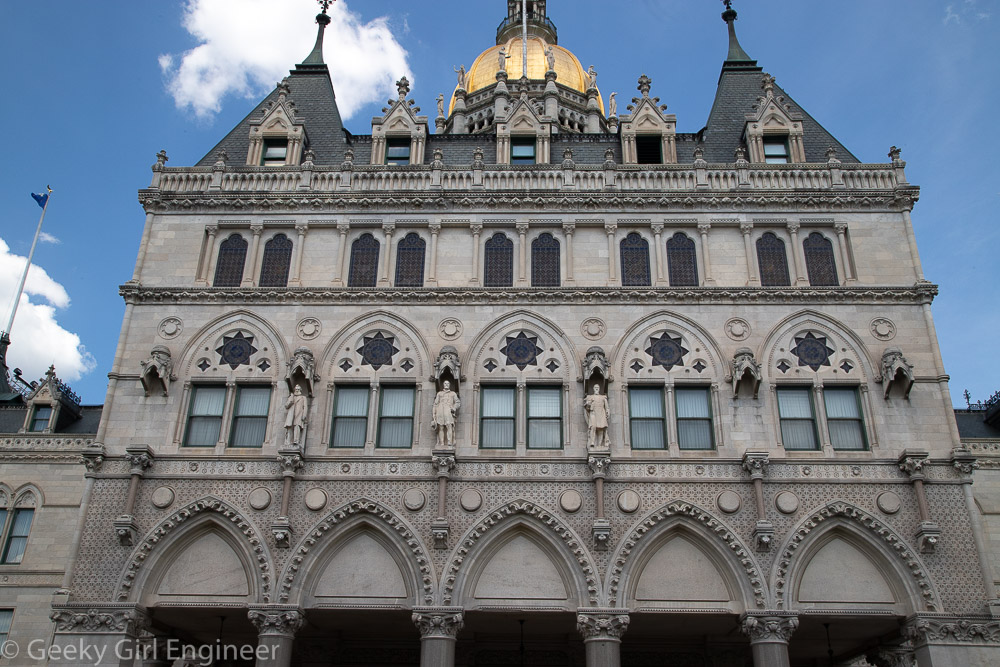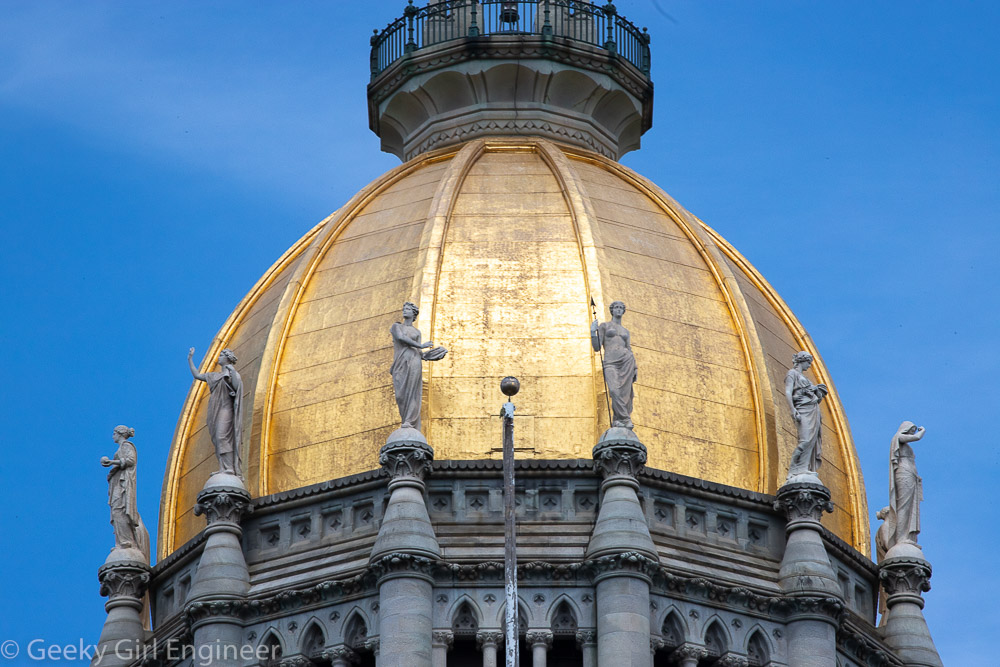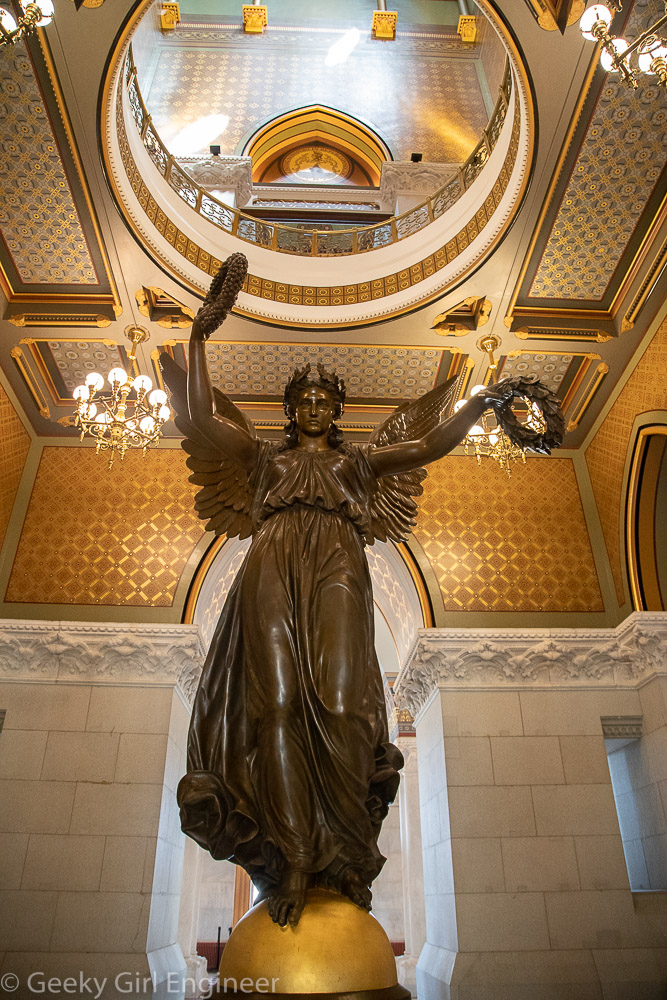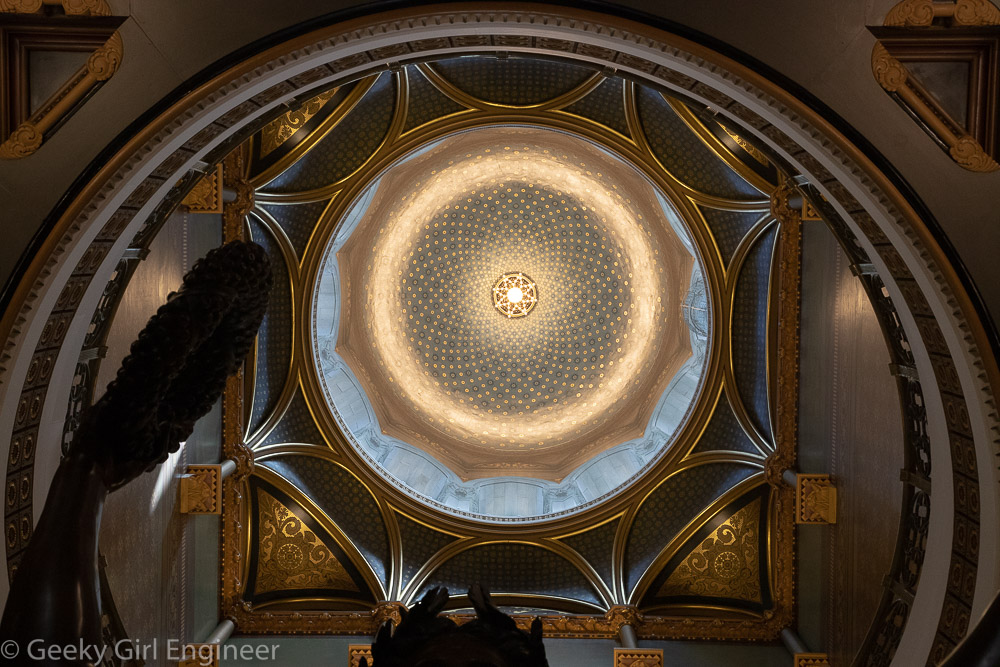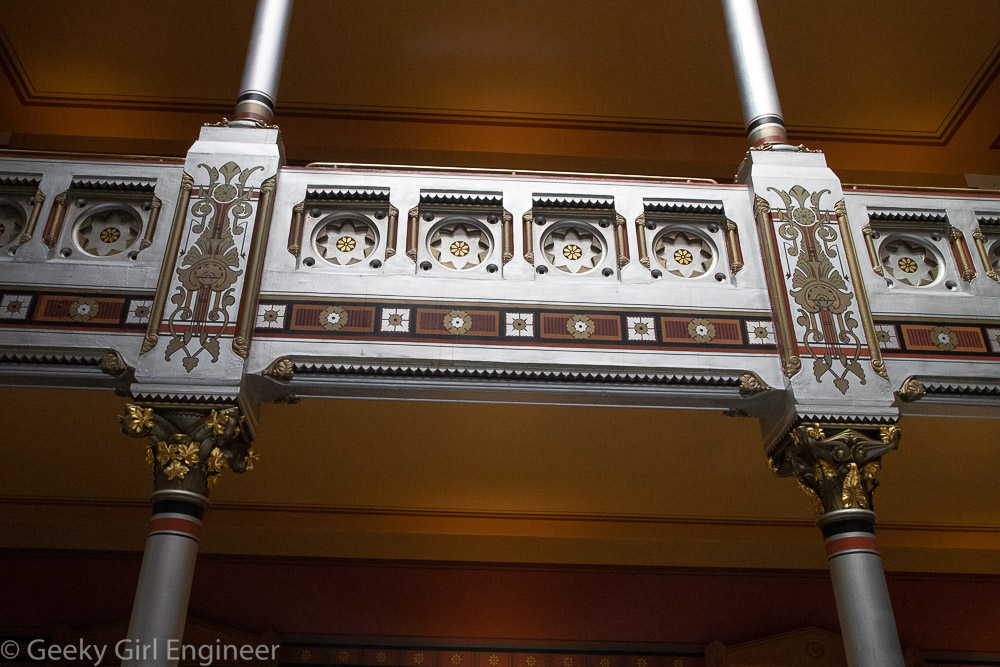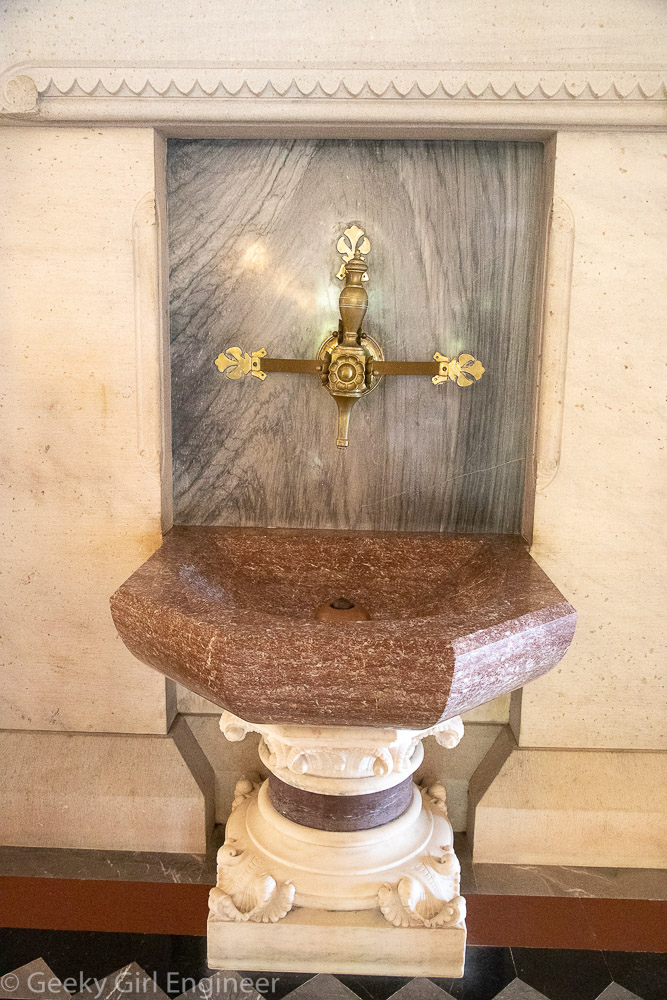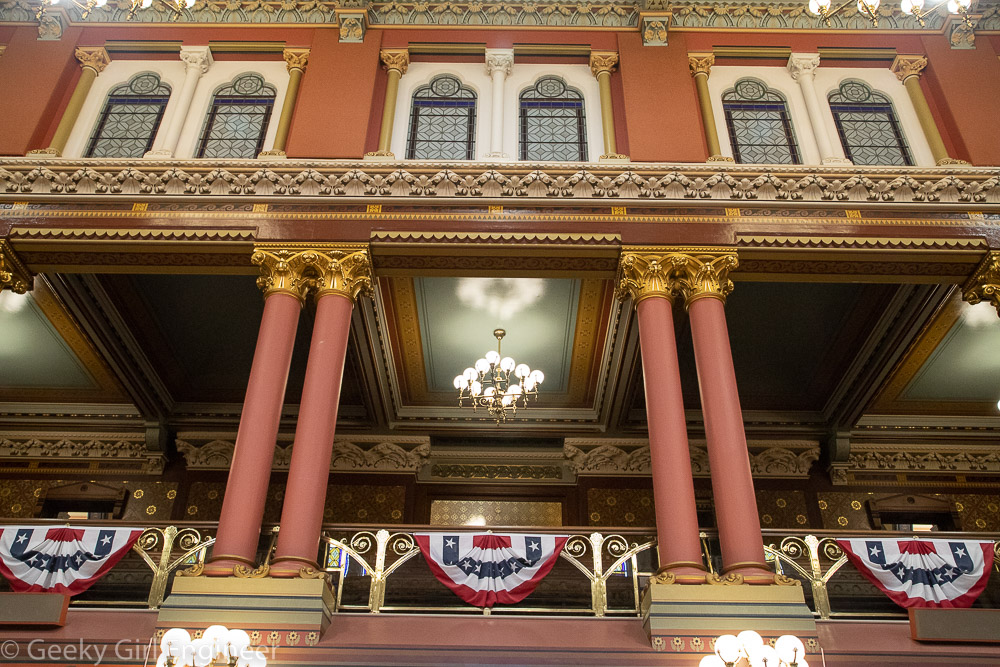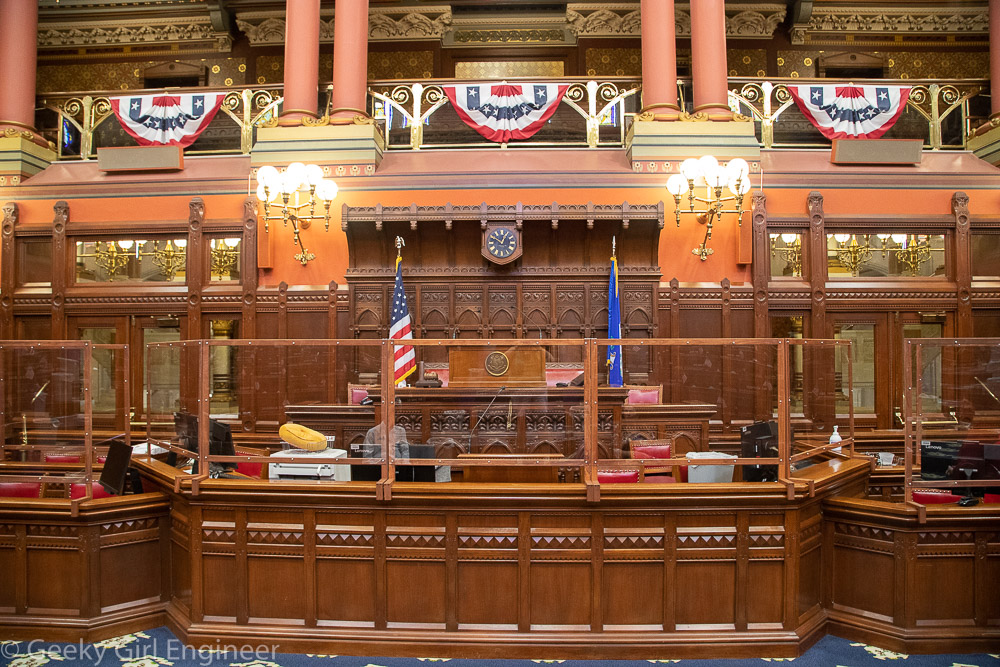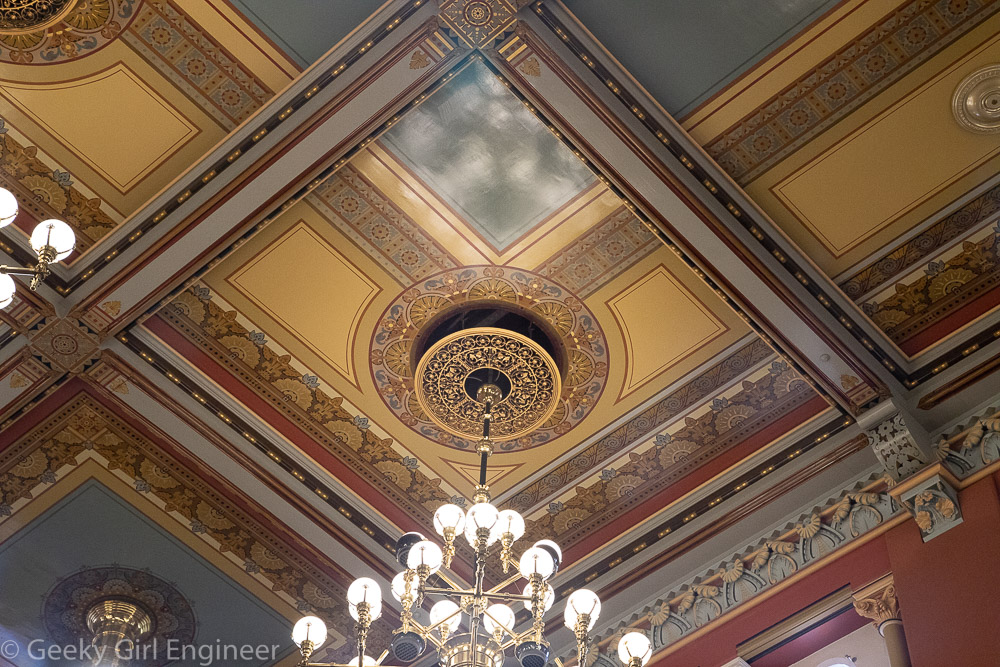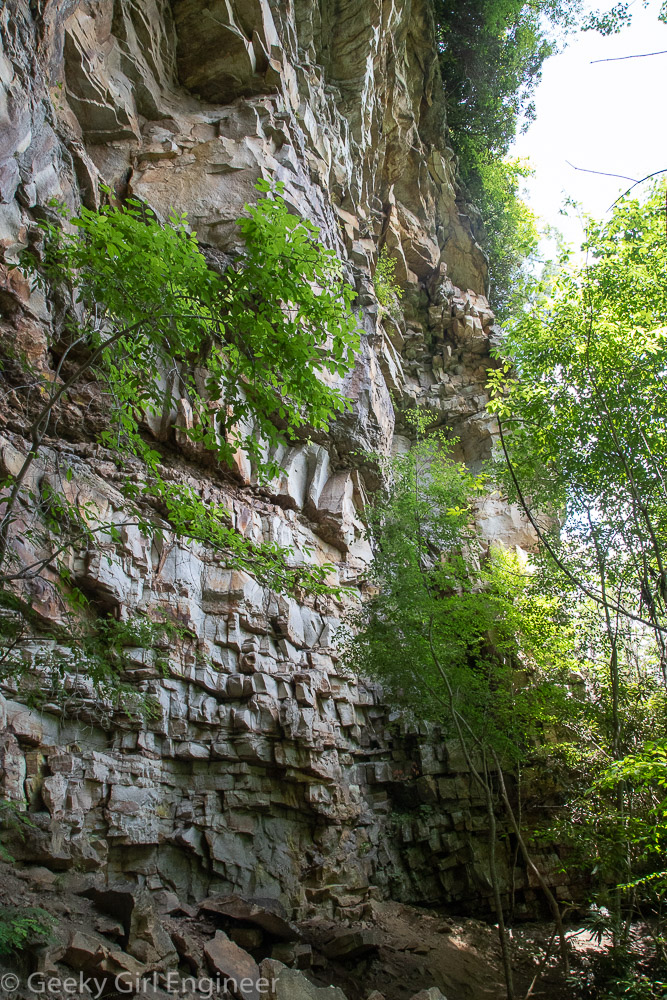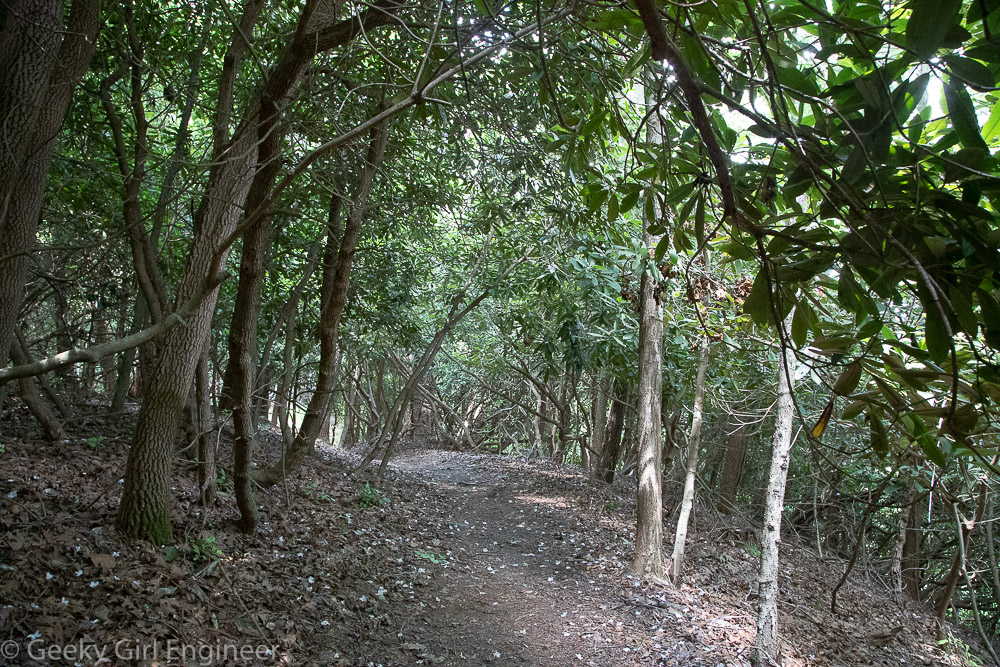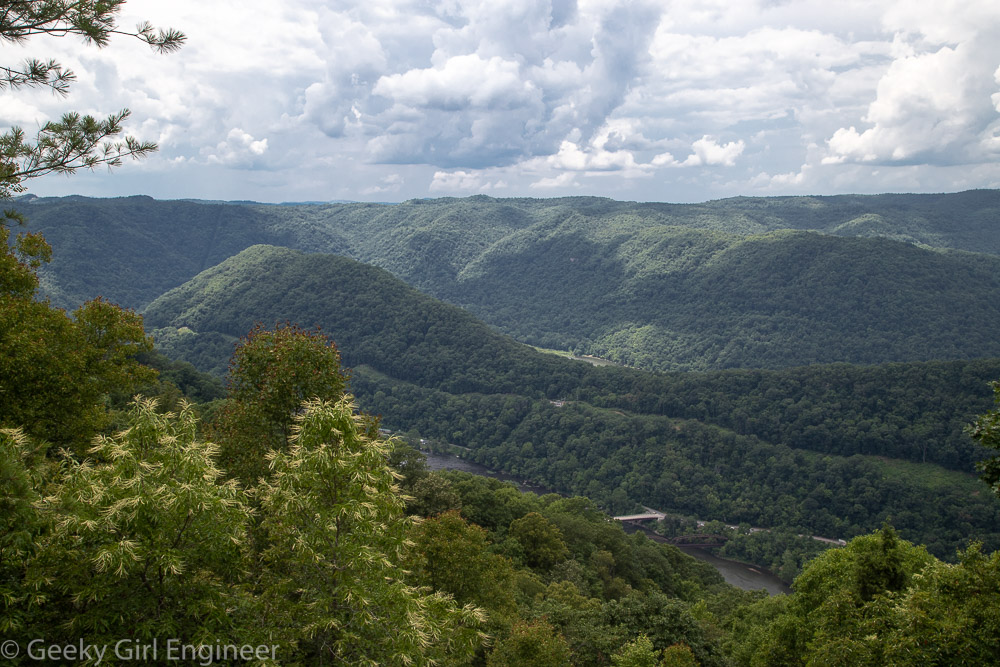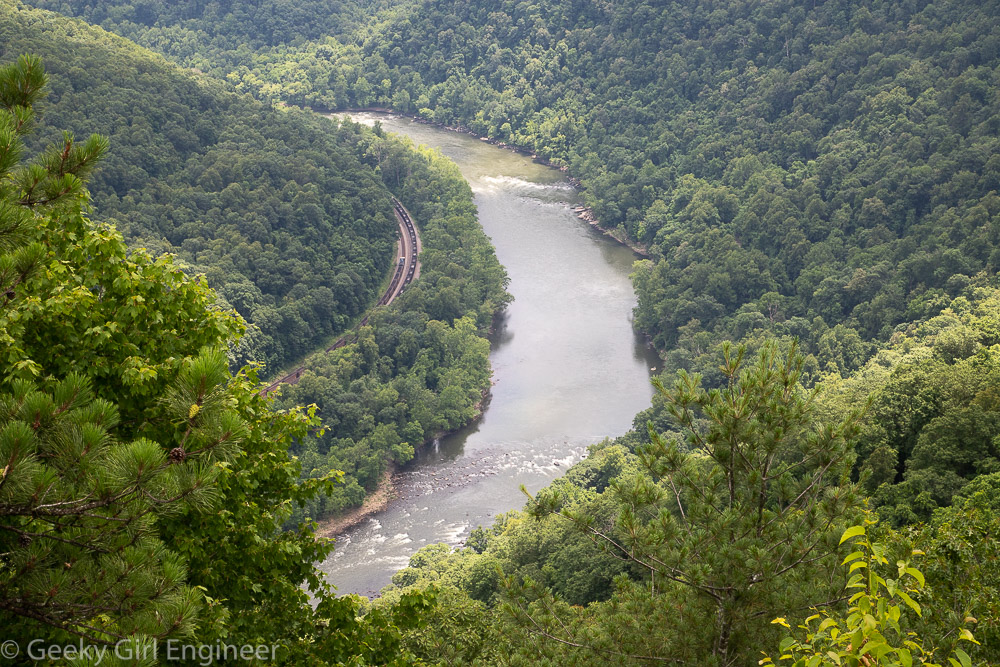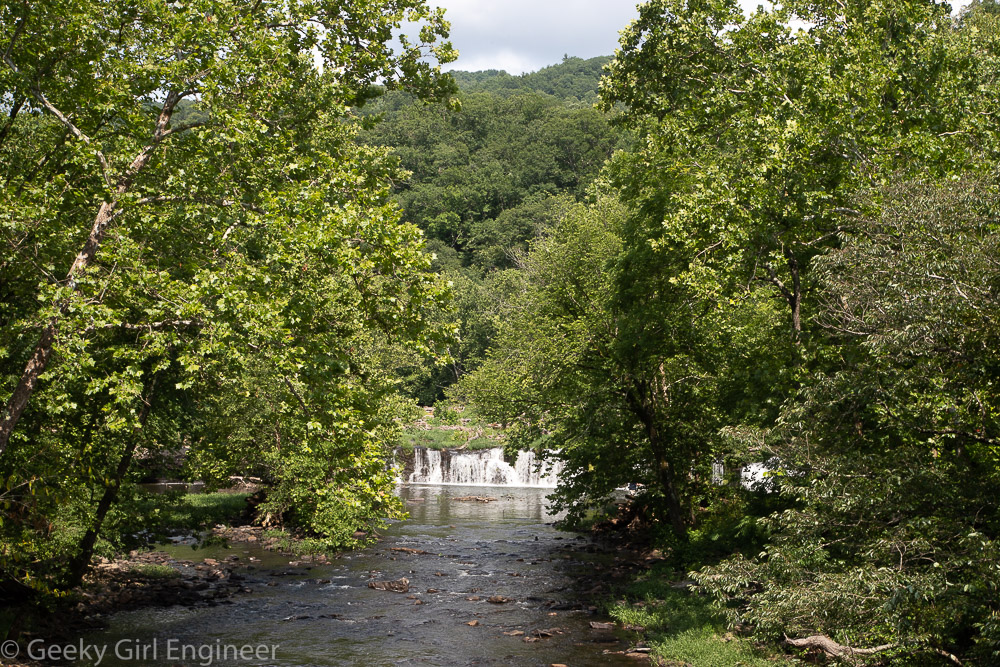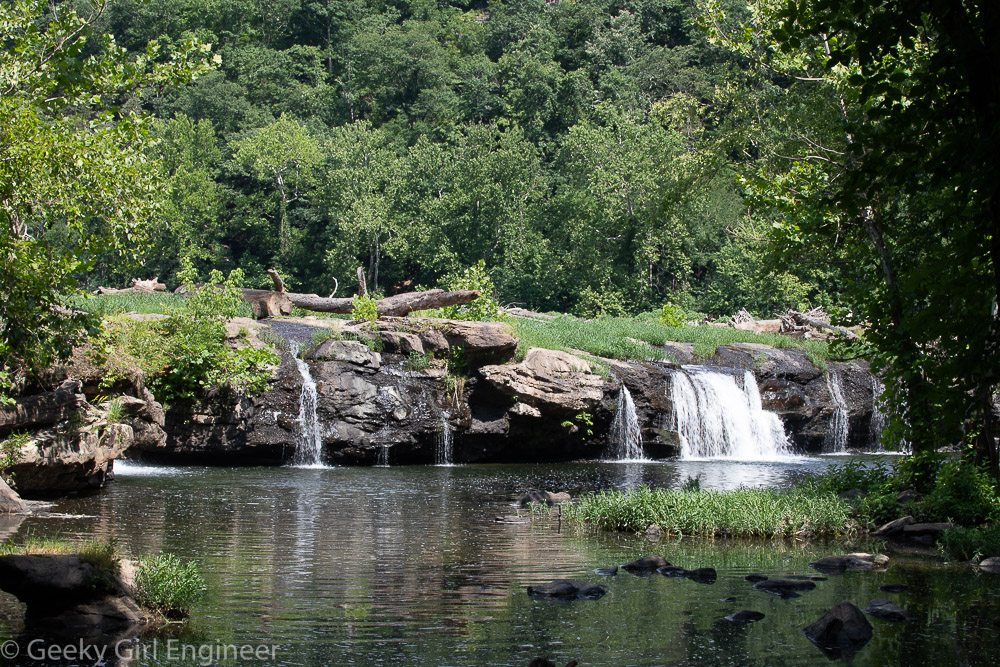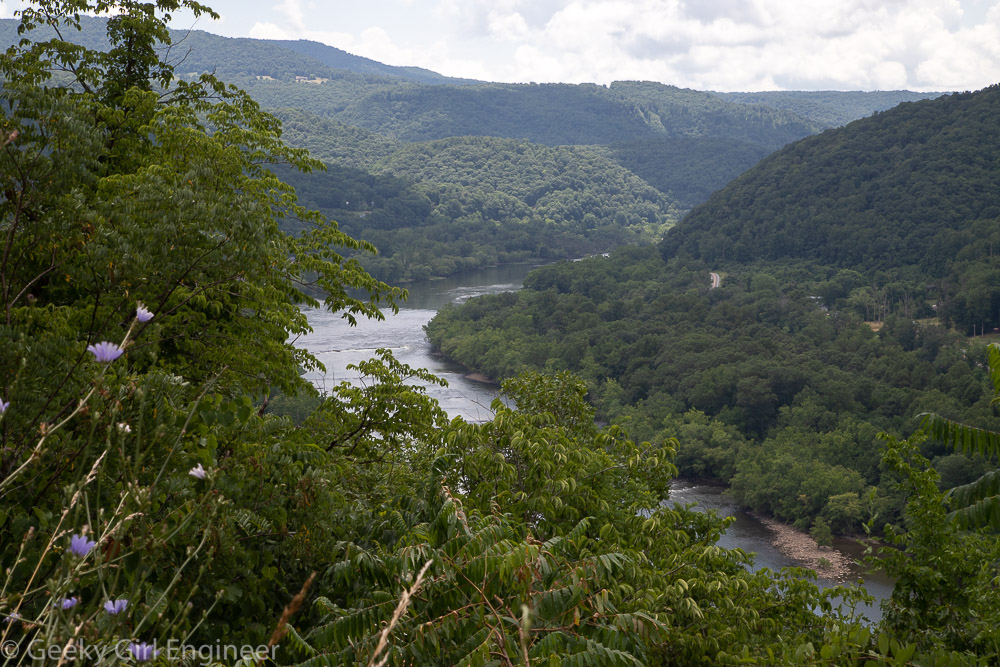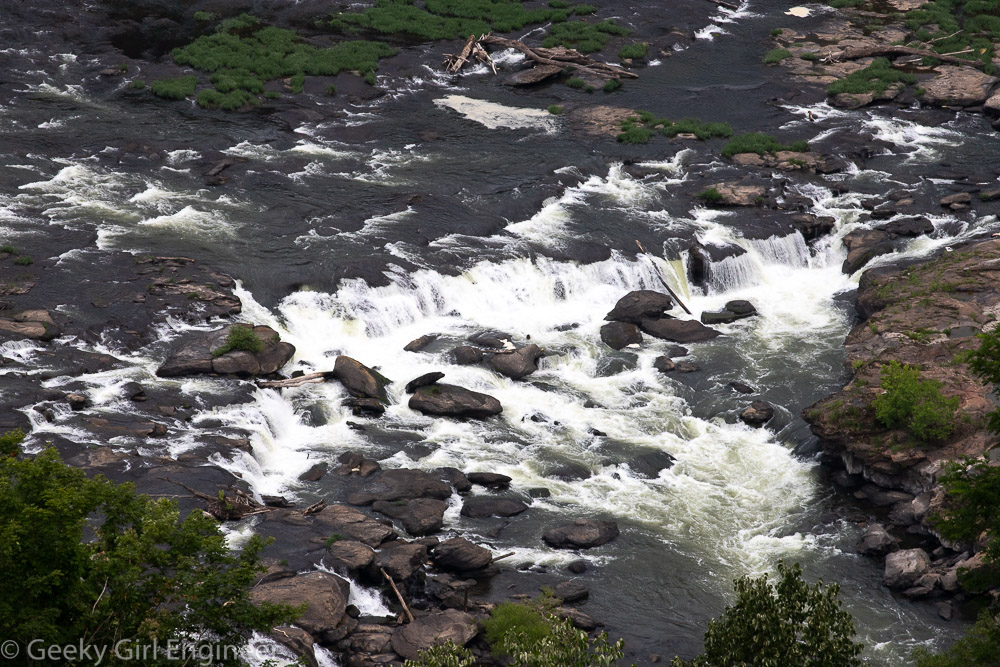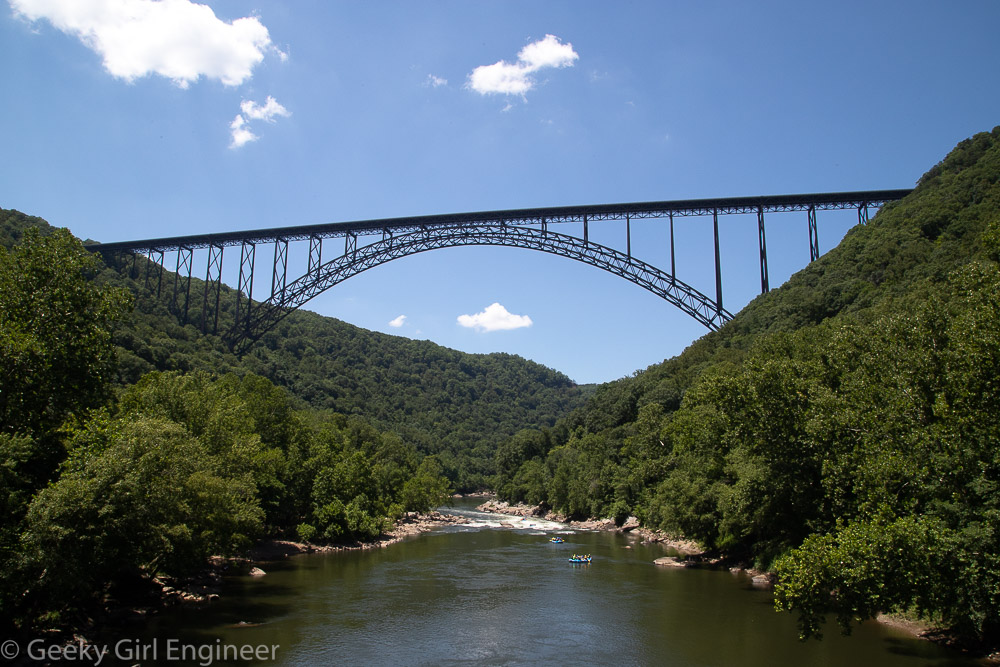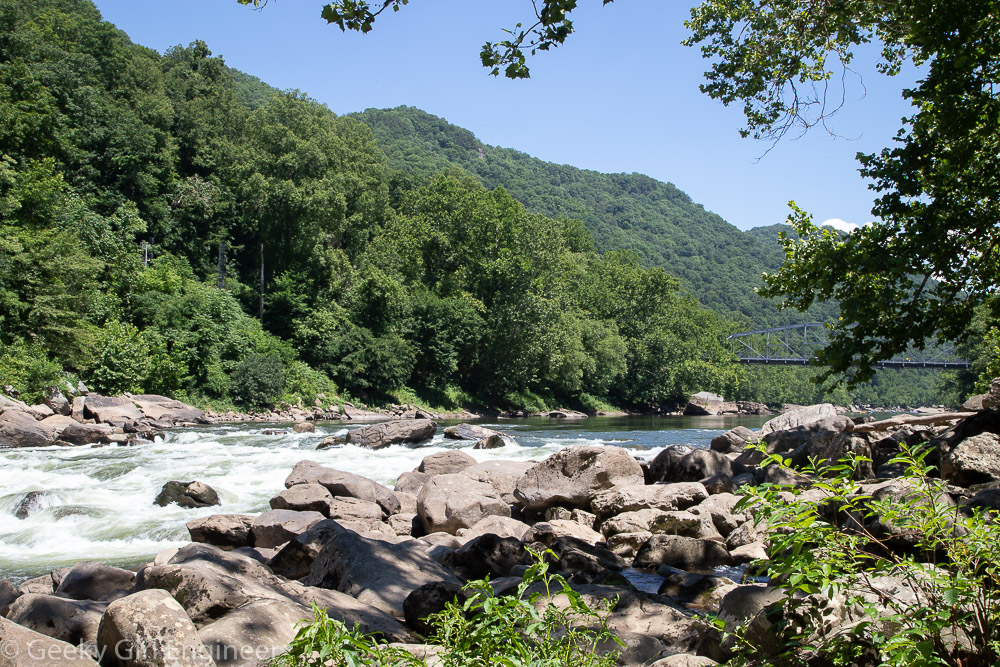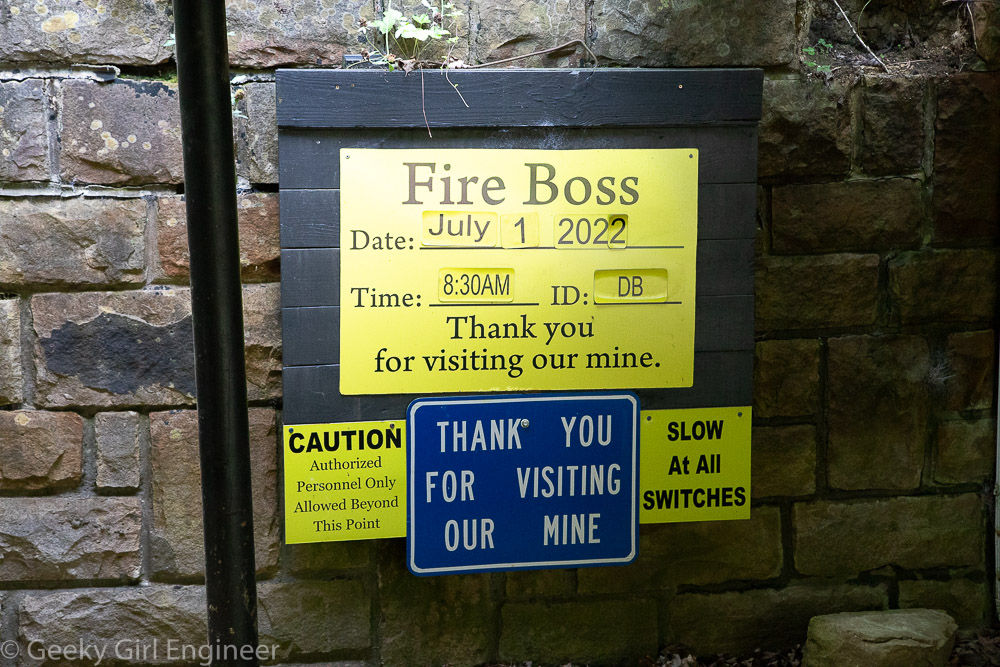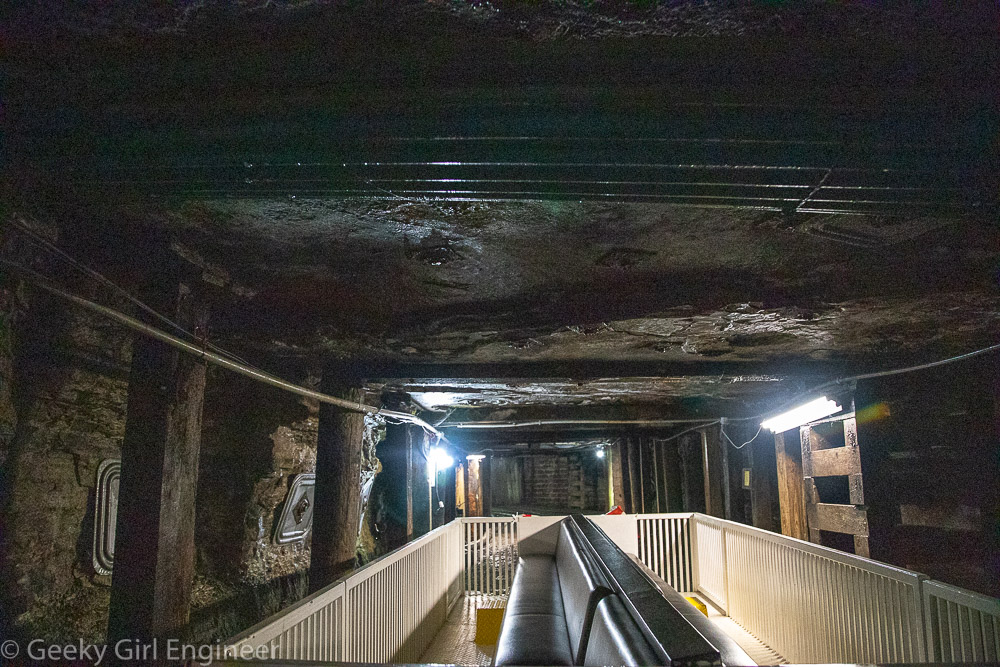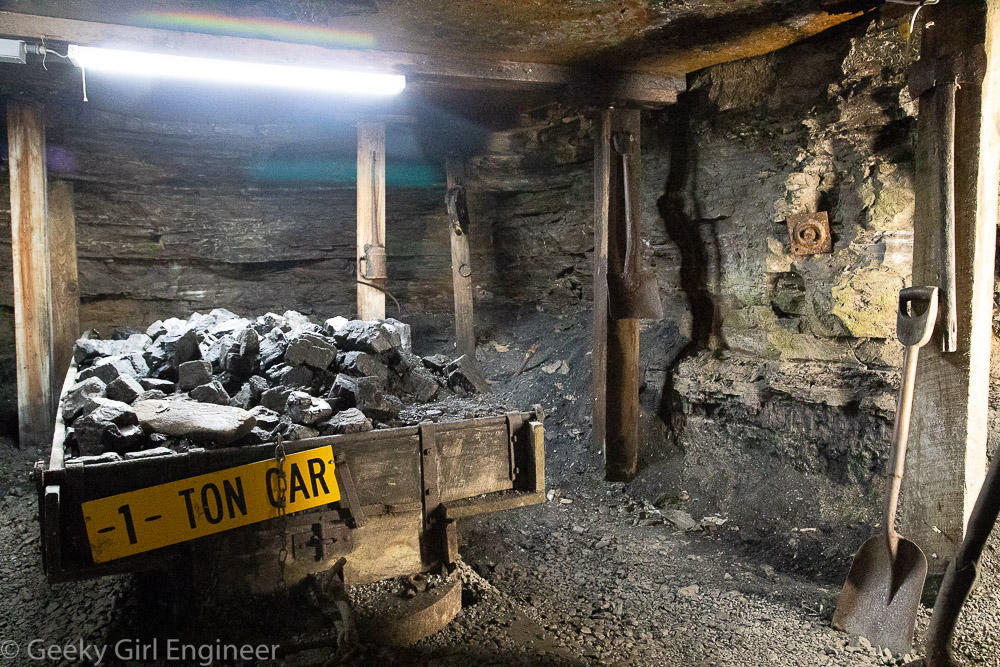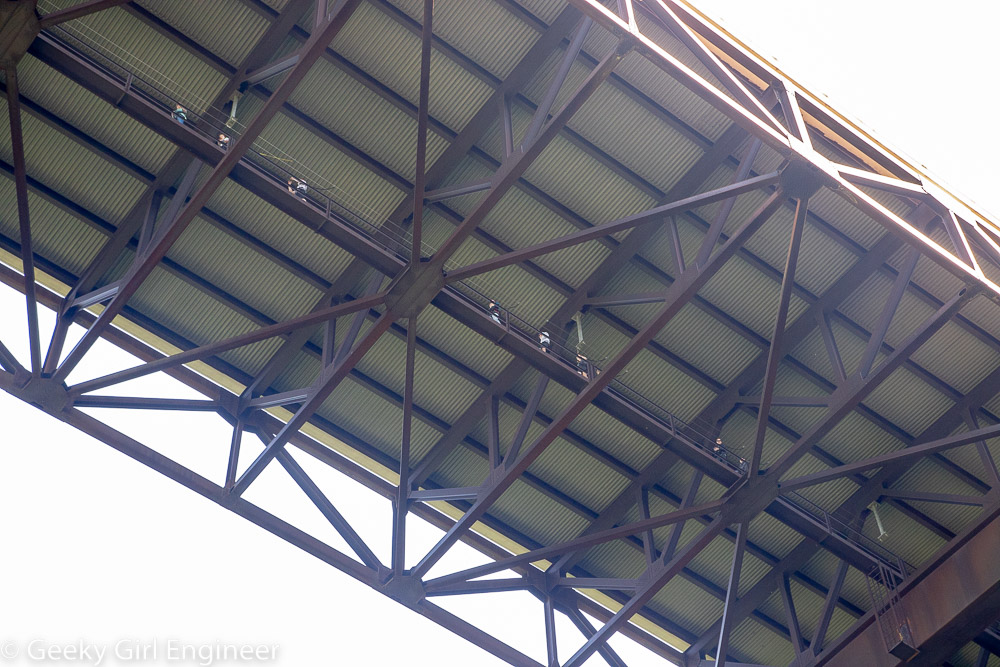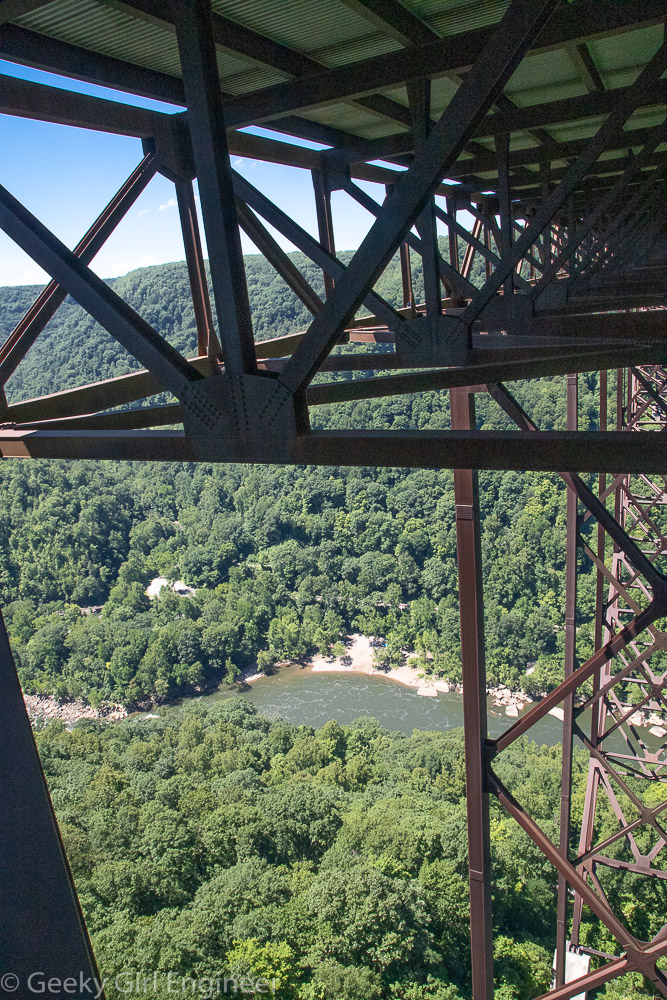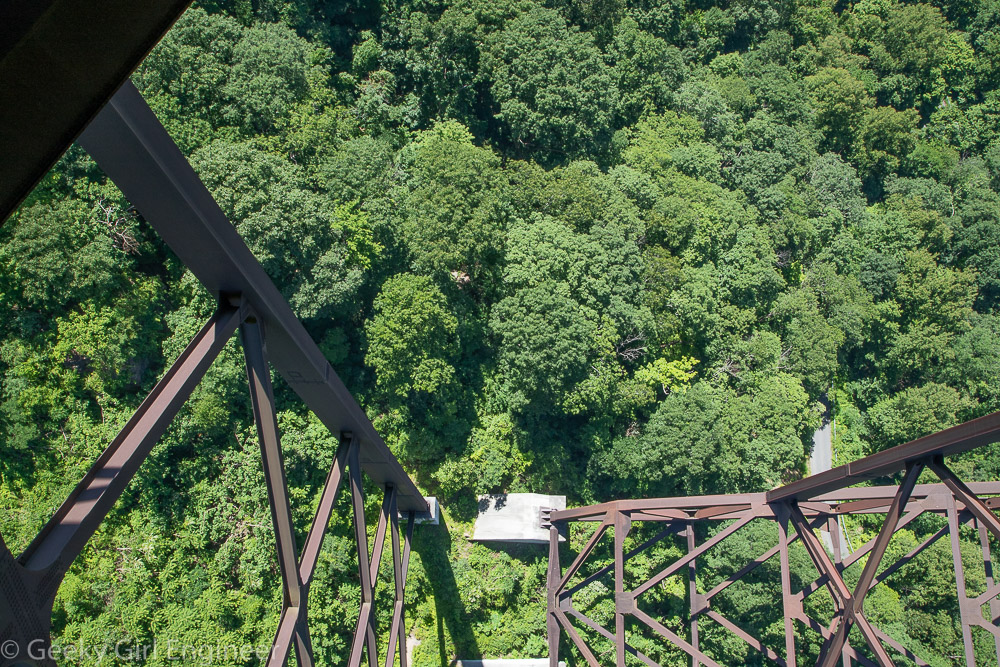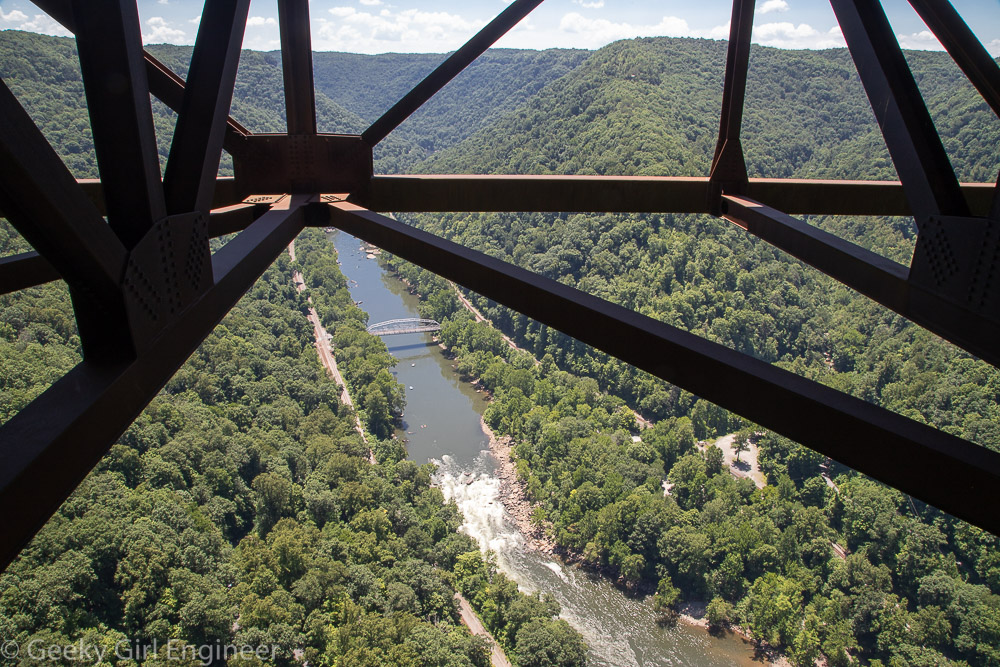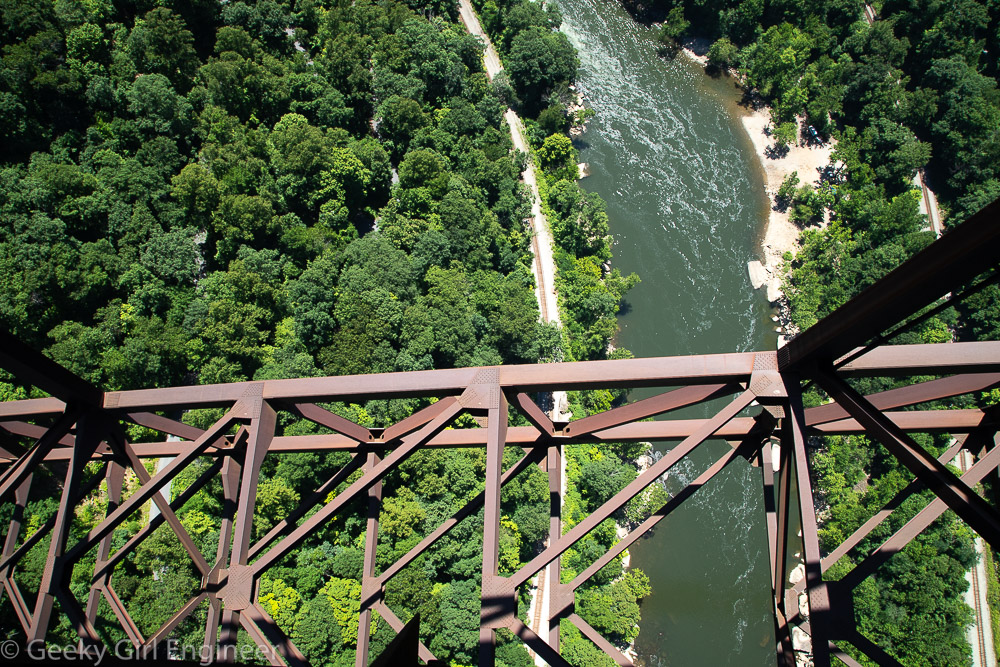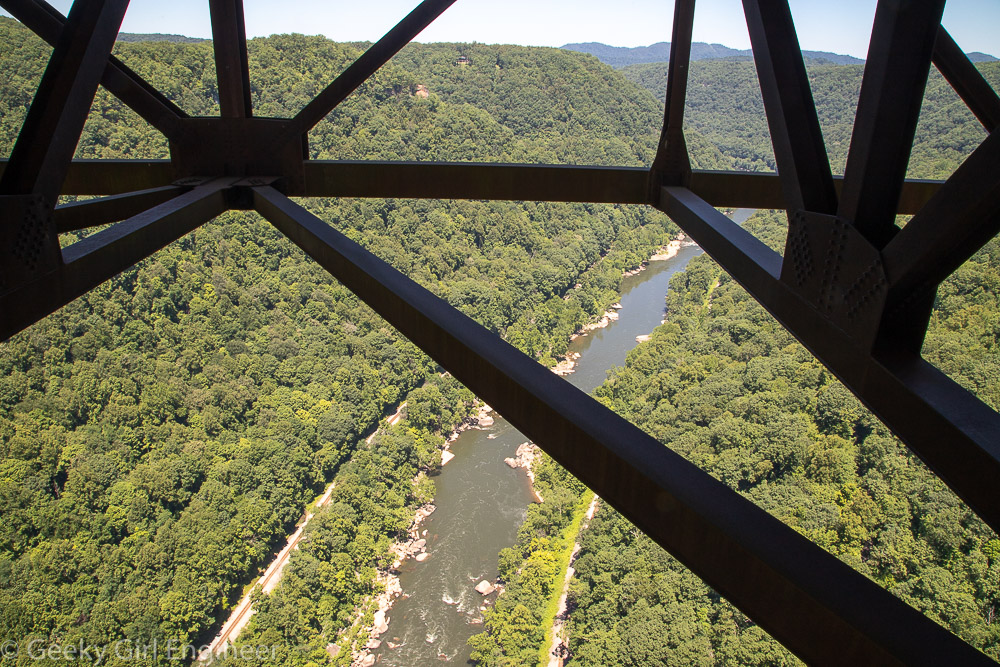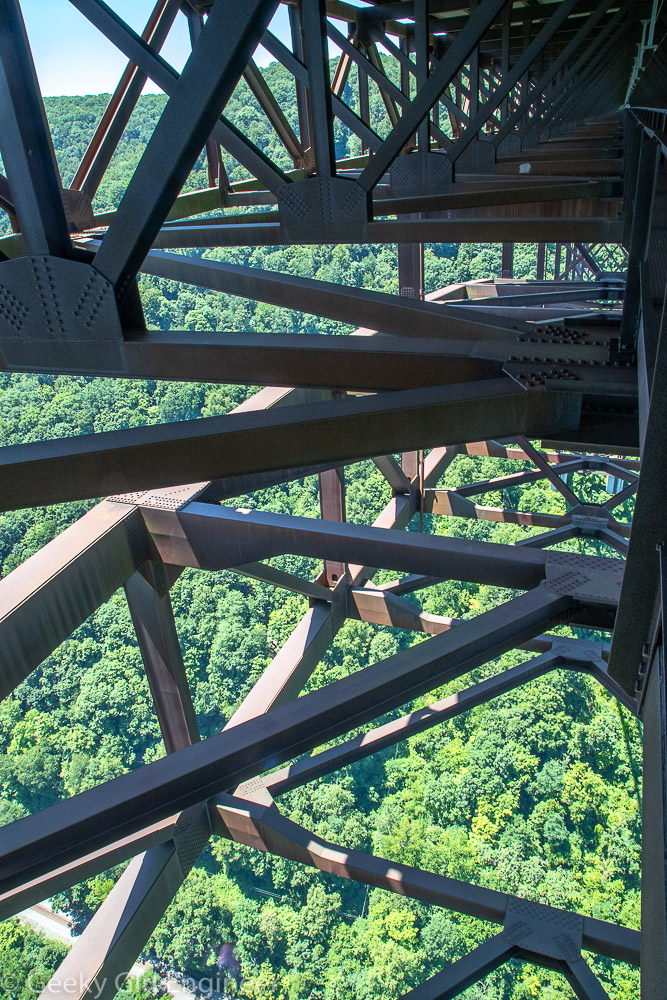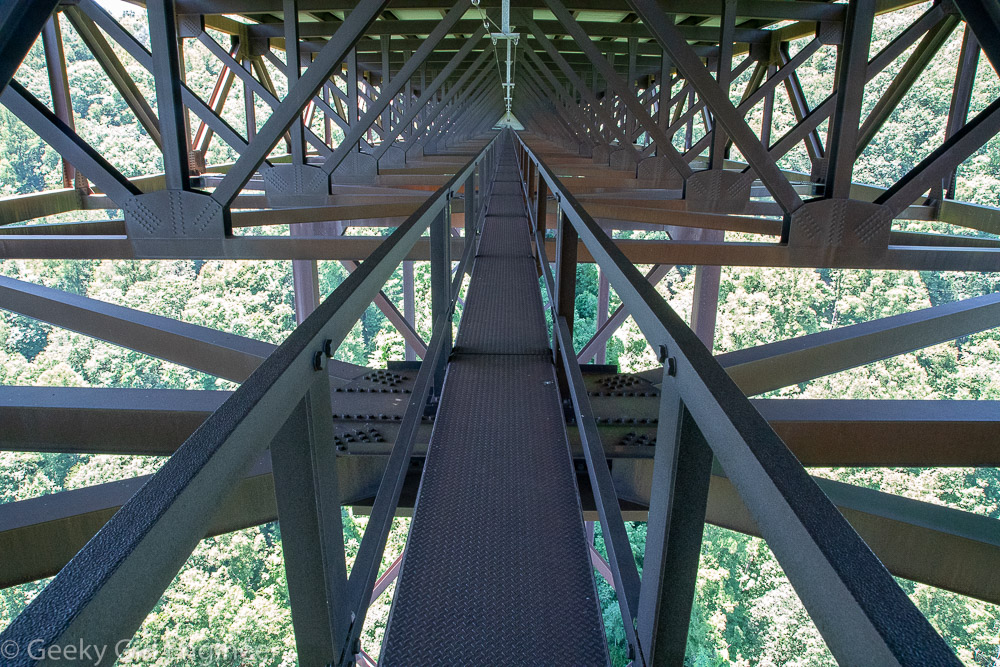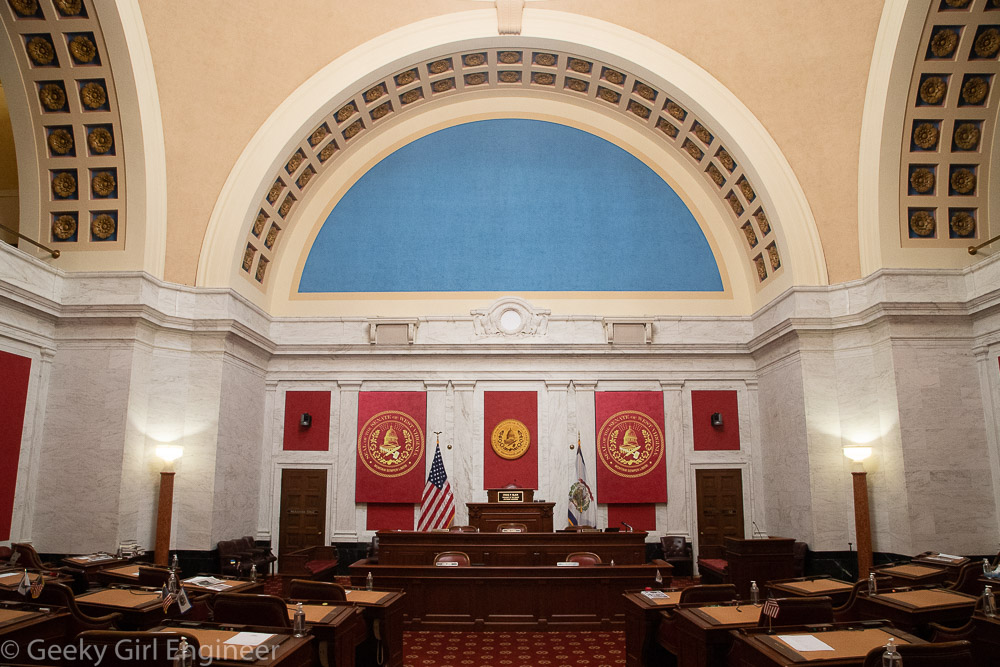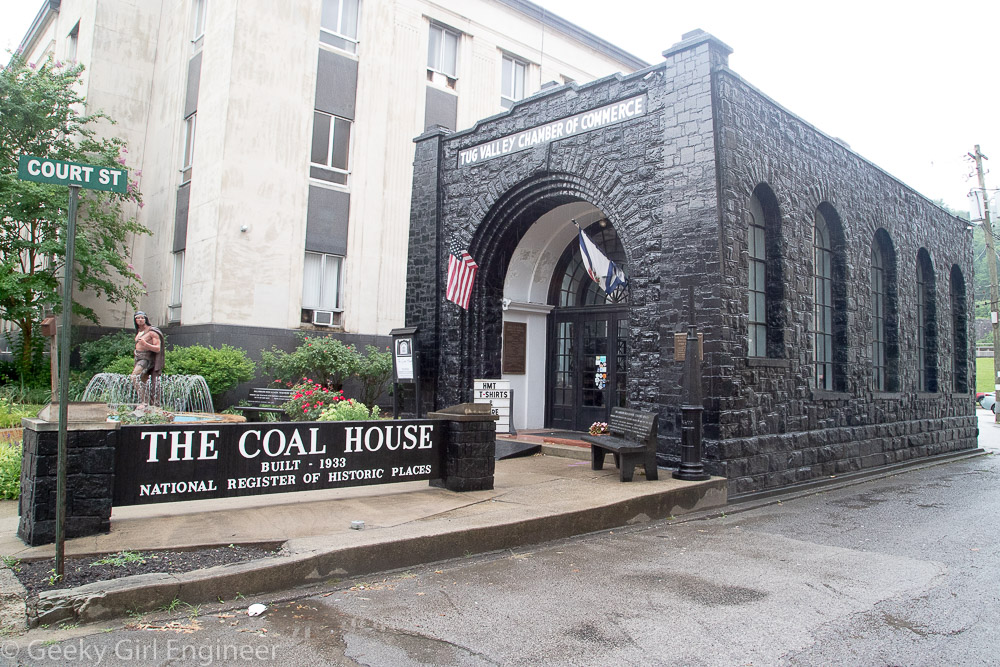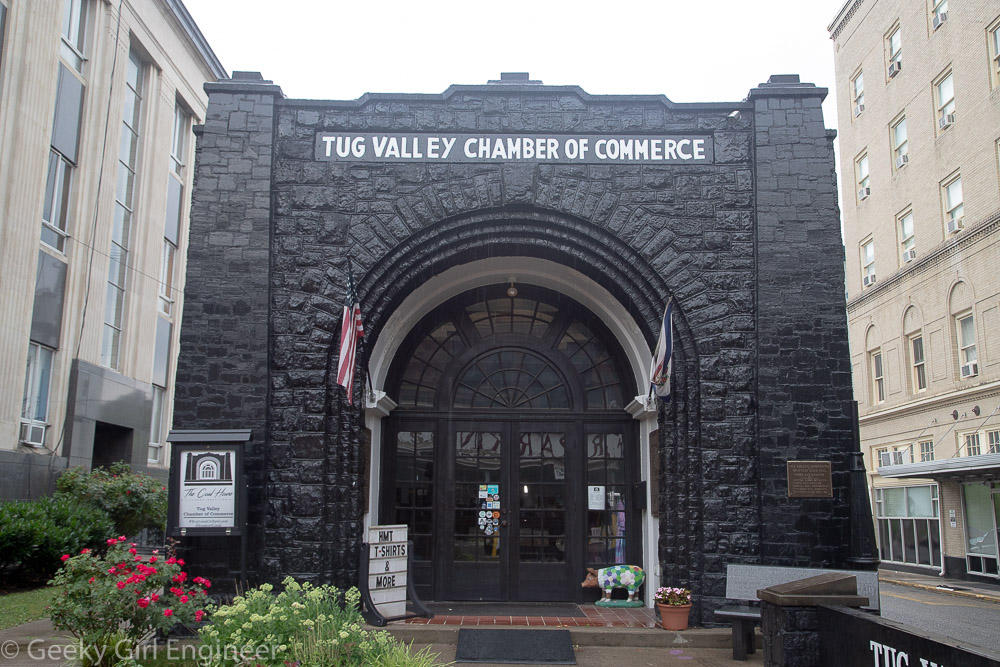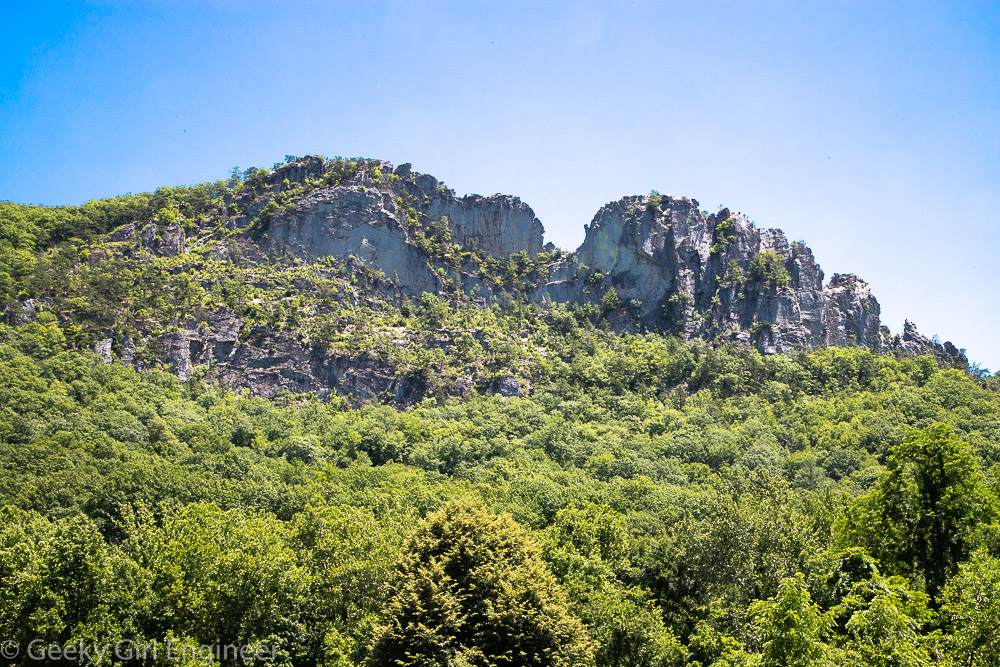I am once again traveling on my quest to see all the state capitols. Today I visited Connecticut’s state capitol. The visit was somewhat disappointing because they would not let visitors see the Senate chamber. I understand some people may find my disappointment silly, and some woman on the tour did. However I traveled all this way to see the capitol, and the chambers are the most important parts of the capitol in my opinion. I have seen enough capitols to say confidently that seeing one chamber does not mean you have seen them both, as they are always different in rather interesting and important ways. So there is my criticism of the tour. If the website said you couldn’t visit that chamber, it was not clear because I certainly did not see that warning on the website. This adds to my annoyance.
With that gripe out of the way, the Connecticut state capitol is quite beautiful. It looks like a capitol. It has intricate decorations, and the design clearly has symbolism. There is a reoccurring theme of compasses and flowers that resemble compasses to represent that what happens in the capitol affects the entire state. Dark red, black, and browns are used throughout, which gives the building a very cohesive look. There are not that many statues, but the ones present are rather meaningful. There is also a whole lot of stenciling, which is gorgeous, but I can only imagine the time it took.


